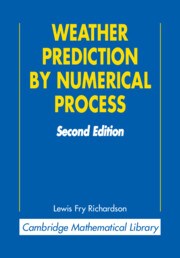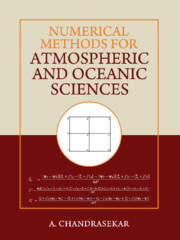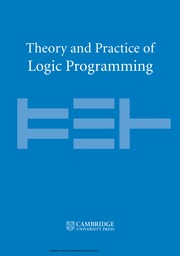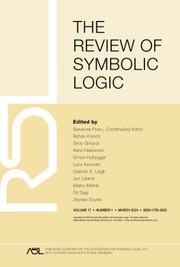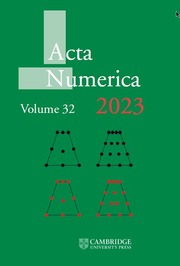Weather Prediction by Numerical Process
The idea of forecasting the weather by calculation was first dreamt of by Lewis Fry Richardson. He set out in this book a detailed algorithm for systematic numerical weather prediction. The method of computing atmospheric changes, which he mapped out in great detail in this book, is essentially the method used today. He was greatly ahead of his time because, before his ideas could bear fruit, advances in four critical areas were needed: better understanding of the dynamics of the atmosphere; stable computational algorithms to integrate the equations; regular observations of the free atmosphere; and powerful automatic computer equipment. Over the ensuing years, progress in numerical weather prediction has been dramatic. Weather prediction and climate modelling have now reached a high level of sophistication, and are witness to the influence of Richardson's ideas. This new edition contains a new foreword by Peter Lynch that sets the original book in context.
- Classic book which was the first comprehensive description of numerical weather prediction
- Sets out in detail the steps required to make a numerical forecast
- Essential text for all practitioners and students of meteorology and climatology
- New edition with new foreword by Peter Lynch setting the original book in context
Reviews & endorsements
'The book can be warmly recommended to people interested in the history of meteorology as well as to those who want to have a more or less complete record on numerical weather prediction techniques on their bookshelf.' Meteorologische Zeitschrift
Product details
No date availablePaperback
9780521680448
250 pages
247 × 175 × 15 mm
0.45kg
11 b/w illus. 4 maps 58 tables
Table of Contents
- Foreword
- 1. Summary
- 2. Introductory example
- 3. The choice of cooordinate differences
- 4. The fundamental equations
- 5. Finding the vertical velocity
- 6. Special treatment for the stratosphere
- 7. The arrangement of points and instants
- 8. Review of operations in sequence
- 9. An example worked on computing forms
- 10. Smoothing the initial data
- 11. Some remaining problems
- 12. Units and notation
- Index of persons
- Index of subsidiary subjects.

